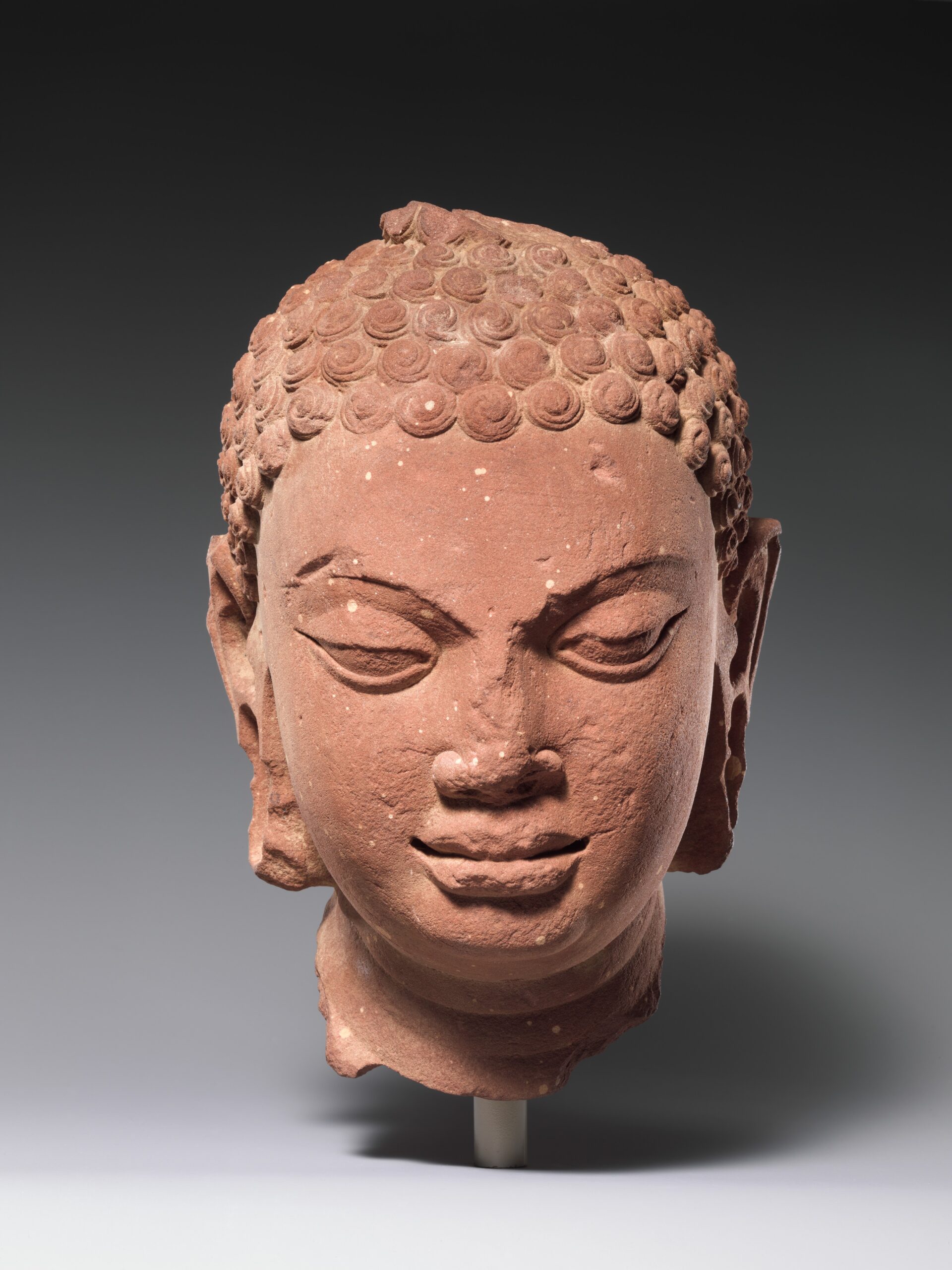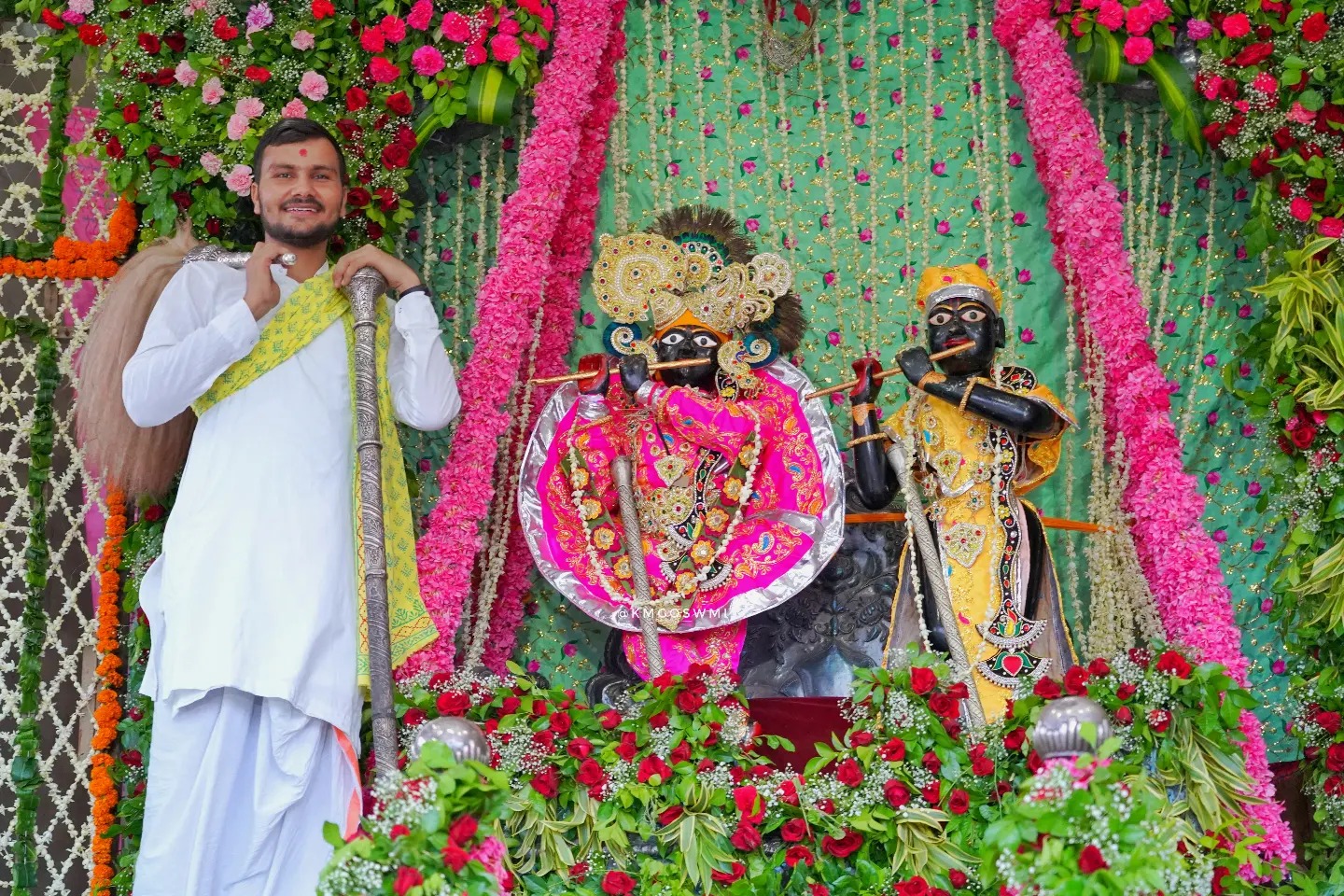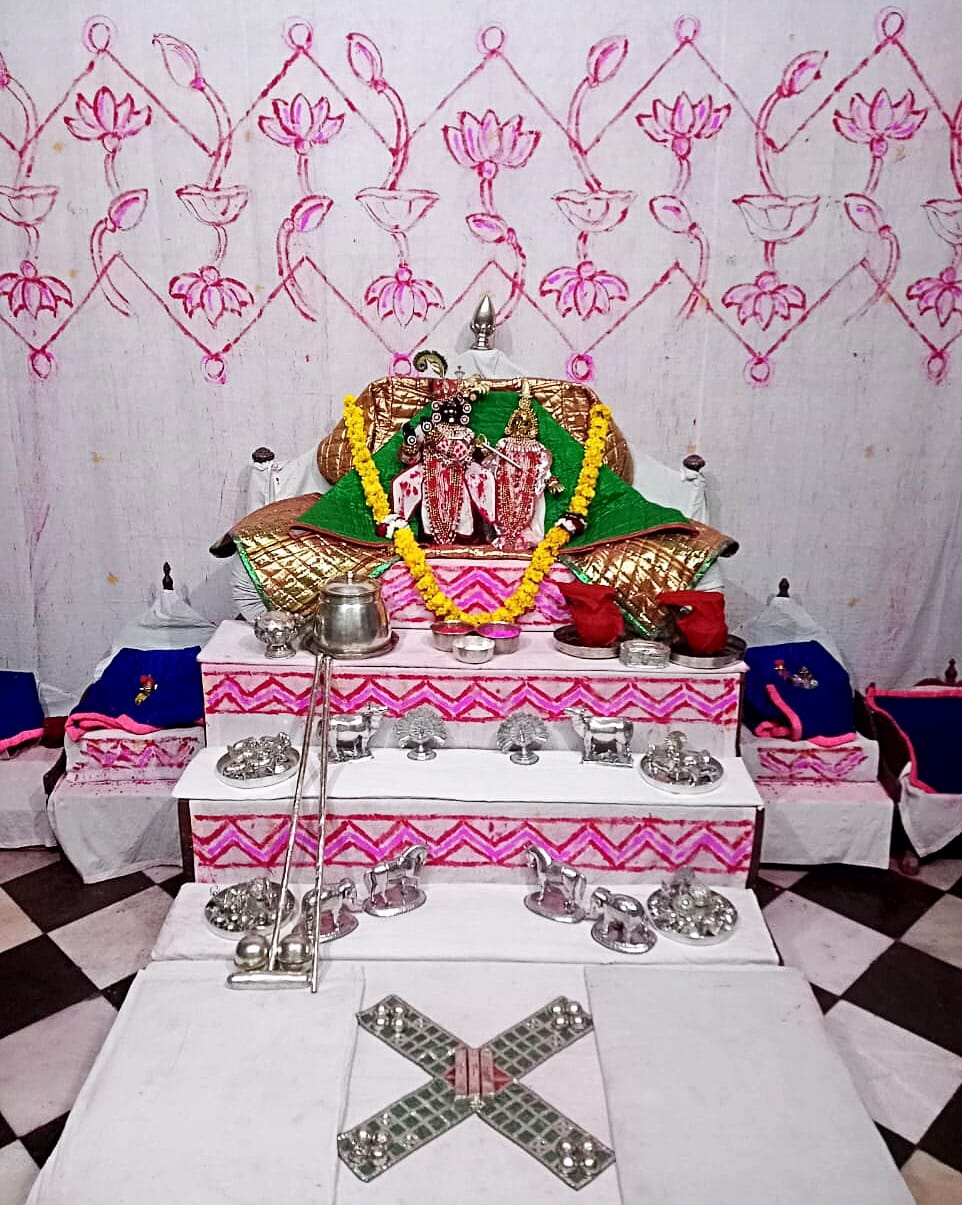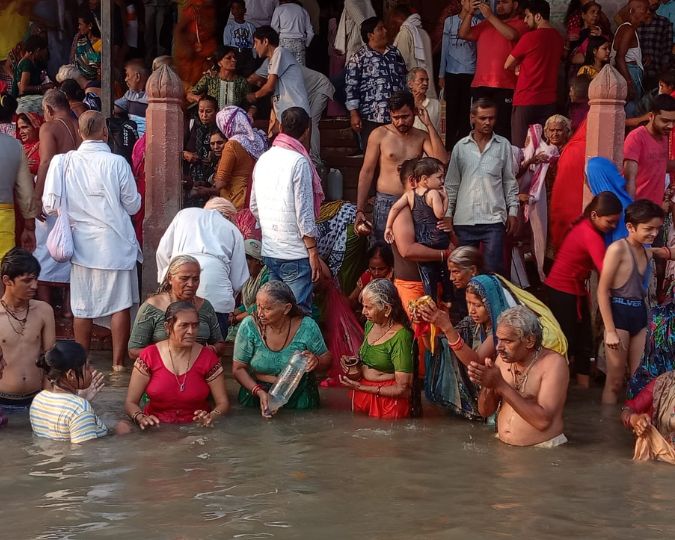2023.05.06 (Vrindavan Today News): Mathura is not only known for Shri Krishna and His pastime. It is also known for its rich cultural and historical heritage. However, not many people are aware that it also has a strong connection with Buddhism. Recent findings suggest that Buddhism flourished in the city, with many sculptures related to Buddha and his teachings being made here. In fact, it is believed that the first statue of Buddha was made in Mathura.
The state museum in Mathura houses a remarkable collection of sculptures and artifacts related to Buddhism, Jainism, and Hinduism. Made of red sandstone, these sculptures are a testament to the artistic skills of ancient Indian craftsmen.
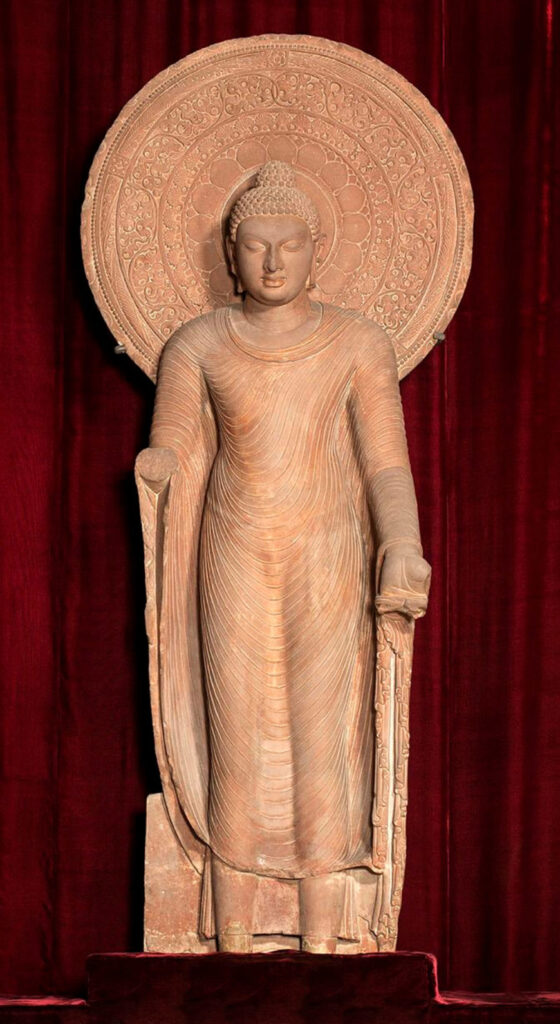
Apart from Buddhist artifacts, the museum also houses a vast collection of artifacts from different periods of Indian history. These include Kushan and Gupta period Mathura style artifacts, coins, miniatures, metal sculptures, woodwork, and many rare gems of local art.
Some of the notable artifacts present in the museum include sculptures of the Mother Goddess from the Shunga period, Kamdev Falak from the Gupta period, a woman and clown and Kartikeya from the Kushan period, a Dev couple statue, Nag idol, and local art.
Some experts revealed that Mathura was the birthplace of two prevalent styles of sculpture – Mathura sculpture and Gandhara sculpture – and it was here that the first Buddha statues were made on red sandstone.
The first Buddha statue, measuring two and a half feet high and one and a half feet wide, was discovered during the excavation of the Katra Keshav Dev temple in 1860. The statue, made in the Kushan period, depicts Buddha sitting in Abhaya Mudra, with a Peepal tree behind him. Two Gandharvas on the top of the statue are shown showering flowers.
The discovery of this statue is significant as it provides evidence of the influence of Buddhism in Mathura during the Kushan period. The statue and other artifacts related to Buddhism found in Mathura are of immense historical and cultural value and shed light on the spread of Buddhism in ancient India.
In 1874, the then British collector FS Grown recognized the significance of the artifacts found during the excavation in Mathura and established a museum in the rest house built on the Jamalpur mound near the court. This move by the collector helped in preserving many rare artifacts related to the city’s history and culture.
Later in 1993, the museum was shifted to Dampier Nagar, where it continues to showcase the vast collection of sculptures, coins, miniatures, metal sculptures, woodwork, and other rare gems of local art. The museum is a must-visit for anyone interested in the history and culture of ancient India.
One of the most significant artifacts found during the excavation is an 8-feet high Buddha statue from the 5th century discovered in Kachari. The statue is now in the Ashok Hall of Rashtrapati Bhavan. The museum also houses the urns of Mahatma Gandhi, Jawaharlal Nehru, and Lal Bahadur Shastri, making it a significant repository of Indian history.
People from all over the world come here to do research. Mathura’s contribution to the development of Buddhism is significant, and many sculptures related to Buddha and his teachings were made in Mathura. The city has a rich cultural heritage and attracts tourists from all over the world who come to witness the magnificence of its ancient artifacts.


